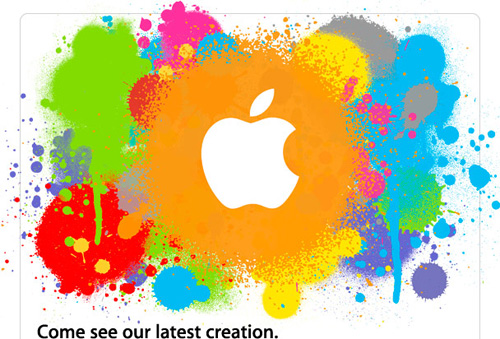I’ve talked to many people over the years about my vision for the future of computing. In a nutshell, I feel that the computers of today are entirely too complex. Advancements in technology will allow computers to evolve into much simpler devices. I’ve used the term “appliance” to describe these simpler future computers. I believe appliance computers will be more like information portals than the general purpose personal computers we have today. Like the appliances we think of today, future appliance computers will be ubiquitous, they will serve more specific functions, and most importantly they will be extremely easy to use and much more reliable. Apple has certainly started down this road with the Apple TV, iPhone, and iPod Touch. Now, I believe the iPad will be the first device that will firmly begin to entrench the idea of appliance computing into the mainstream.
What makes the iPad more like an appliance than a PC? As I mentioned in part 1 of this series, the size, weight, and long battery life of the iPad make it already seem like an appliance from the future. Because iPads won’t be sitting on a desk like a desktop PC, or need to be attached to a charger for long periods of time like a laptop, the iPad will be a lot more accessible to their users – similar to appliances of today. Additionally, the streamlined Touch operating system of the iPad make means users will be using it in a more concise manner. I think users will pick up their iPads to perform fairly tasks at hand – again like an appliance. Finally, we expect reliability from our appliances and believe they will simply work when we need them. We don’t put up with “crashes” or odd behavior from appliances like we’ve become accustomed to with computers of today. The fact that the iPad does not have hard drives or fans will make it more reliable from a hardware standpoint and again the Touch OS ensures reliability from the software side. I don’t expect that the iPads will be “perfect” from a reliability standpoint, much as the iPhone and iPod Touch are not perfect, but compared to most computers of today, they are extraordinarily reliable.
By my criteria, appliance computers need to be ubiquitous. I believe the iPad will almost undoubtedly see widespread adoption. The low cost of the iPad and momentum that Apple has from the iPhone and iPod Touch will almost certainly assure that the iPad will gain a foothold in the market. I expect that early adopters will form lines at Apple retailers just like with the iPhone. From there, I believe the iPad will start eating into the low-end of the personal computing market – but not just in the netbook/laptop market. I think the iPad will also put dents into the low-end desktop market. Why would “grandma” spend $500 for a cheap desktop PC along with all the cables and complexity (not to mention low-quality) when she can spend $500 for an iPad? She’ll be able to do everything she wants and more in a simple device that doesn’t take up a lot of room and can be carried all around the house.
In addition, I can see that the iPad will grow the overall market of personal computing devices. The trend is already for multiple computer households. The demands of kids and family members to get access to the Internet have pushed the growth of multiple computer families. However, multiple computers means significantly higher complexity. The low cost and simplicity of the iPad will allow families to buy and make use of multiple iPads a lot easier than they can buy and setup multiple desktop or laptop computers. Many families who will not purchase multiple computers will purchase multiple iPads. This will allow the iPad to grow the computing market in a way the PC of today can not.
What I see for the future is the desktop and laptop computer as we know them shrinking into niche products. I can see that many homes will have probably just one main desktop or laptop computer (if needed) along with several iPad-like devices. As the iPad improves, it is entirely conceivable that the market for the general purpose computer of today will shrink down to only graphic artists, engineers, computer software developers, photographers, videographers and other highly technical users. This won’t likely happen overnight, but I feel the landscape of the computer market in the next five or ten years will be significantly slanted towards appliance computers like the iPad.
Of course, this transition won’t come without significant grumbling from those who are invested in the PC market of today. Not surprisingly, those are the people who are already downplaying or criticizing the iPad – just like they did the iPhone. I will respond to those criticisms in part 3 of this series, coming soon.
